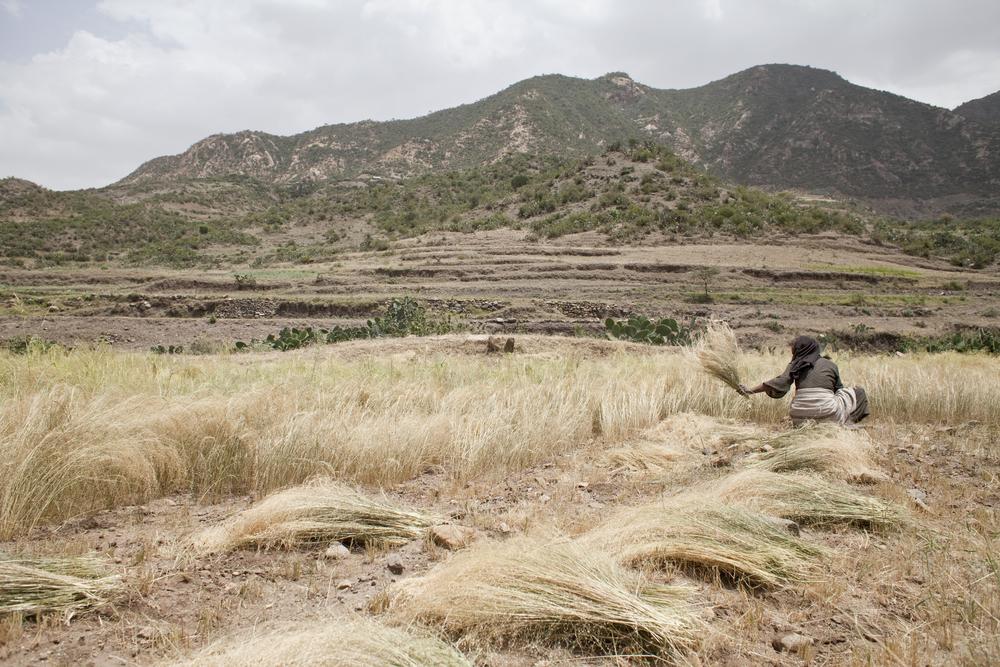Part of the allure of Ethiopian cuisine is dining without utensils. In place of spoons and forks, Ethiopians use injera—a spongy crepe used to grab each bite.
Injera is made from a grain called teff, which has been cultivated in Ethiopia for at least 3,000 years. This grain was once grown exclusively in East Africa, but now the rest of the world is taking a closer look.
The first thing you notice about teff is its size. The word teff means “lost,” referring to a grain that is so tiny it could easily vanish. This means that it cooks quickly, but it can also lead to confusion for those who aren’t familiar with it.
“The teff grain is so super tiny that I’ve heard of people grabbing the wrong product off the shelf, thinking that they were getting flour and realizing it was intact grains when they got back,” said Cynthia Harriman, director of food and nutrition strategies at the Whole Grains Council.
Despite its smallness, teff is big on nutrition. It is an excellent source of essential amino acids, including lysine, which is usually absent from grains, and rich with minerals such as magnesium, zinc, and calcium.
“All whole grains have some calcium, but teff is kind of off the charts,” Harriman said. “One cup of teff has about the same calcium as a half cup of cooked spinach.”
Teff’s other big draw is that it is gluten-free—a necessity for those looking to avoid gluten. While many Americans have developed a taste for injera, teff can also fill a role in less exotic baked goods. Unlike other whole grains, teff has a mild flavor that easily lends itself to familiar American foods, such as tortillas, pasta, pancake mixes, and cookies.







